How To Treat Legg-Calve-Perthes Disease
Legg-Calve-Perthes disease occurs when there is a temporary lack of blood supply to the hip area. As a result of this temporary loss of blood supply, the ball part or femoral head of the hip experiences what is called osteonecrosis or bone death. Ultimately the bone disintegrates into pieces and the round shape of the femoral head loses its shape. Because the human body is able to heal a broken bone, the ball of the femur will receive blood eventually and renew itself.
Oftentimes, the bone heals and is no longer rounded anymore. This disease only occurs in children between four and ten years old. Most cases of Legg-Calve-Perthes disease affect only one hip. This disease can occur in both hips in rare cases, and it will affect them at different times. The cause of this disease is not known but second-hand smoke exposure is a risk factor.
Socket Molding Process
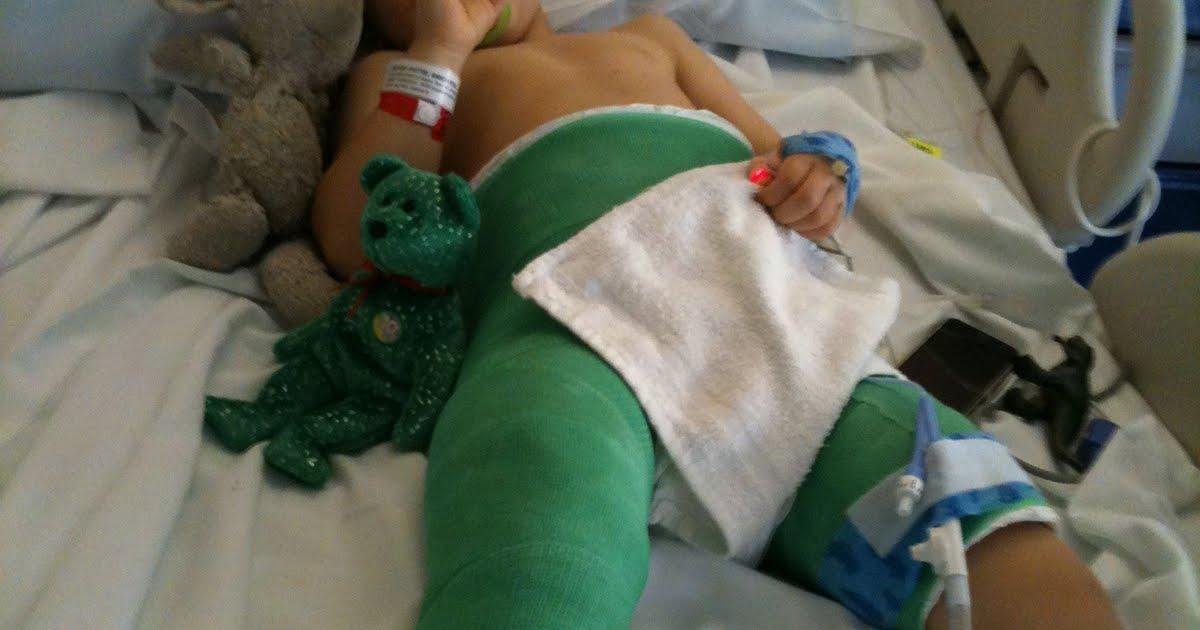
When Legg-Calves-Perthes disease progresses to the point of the femoral head becoming very fragmented, the socket molding process may be utilized to treat the disease. The hip consists of the ball at the top of the affected femur as well as the socket in the pelvic bone it should fit snugly into. The socket part of the pelvic bone is an inverted sphere shape to allow for the ball socket hip joint to function properly.
The socket molding technique uses the socket part of the joint to essentially mold the femoral head back into its proper spherical shape. This technique is applied during the healing process, and for it to be successful, the fragmented femoral head has to be held tightly and precisely into place for an extended period. This may be accomplished by securing the hip in a specialized kind of cast into a position where the legs are spread far apart. This cast must stay on for between four and six weeks, the normal time it takes a typical break in the bone to heal. This is can be done in an inpatient facility, as the position the cast keeps the child it is often difficult to work around for everyday tasks and activities. No weight can be placed on the legs while the femoral head is healing.
Surgical Intervention
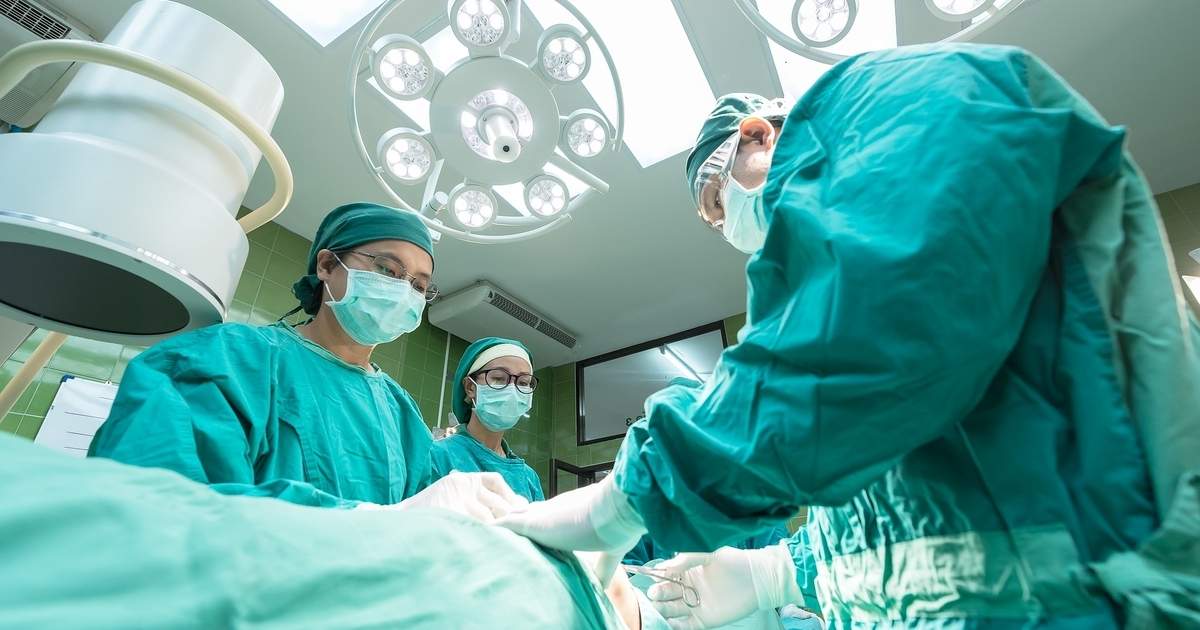
When a case of Legg-Calve-Perthes disease is severe, orthopedic specialists often recommend surgical intervention. This is done most often in children older than eight years when they are diagnosed with Legg-Calve-Perthes disease. The prevention of damage to the femoral head is extremely important because during the reossification stage, older children have more of a chance of developing a deformity. Surgery is also the recommendation for children who have damage to more than half of the femoral head. In addition, surgery will be recommended for children who have had little success with other methods of treatment.
An osteotomy is the most prevalent type of surgery used to treat Legg-Calve-Perthes disease. This procedure involves the cutting of the femur head component and positioning it so it is tightly snug inside of the hip socket portion of the pelvic bone. A medical contraption of screws and plates is utilized to hold the femoral head in this new position so it can heal. The child's leg is then placed into a cast when the osteotomy is completed and it is left to heal for between six and eight weeks.
Physical Therapy
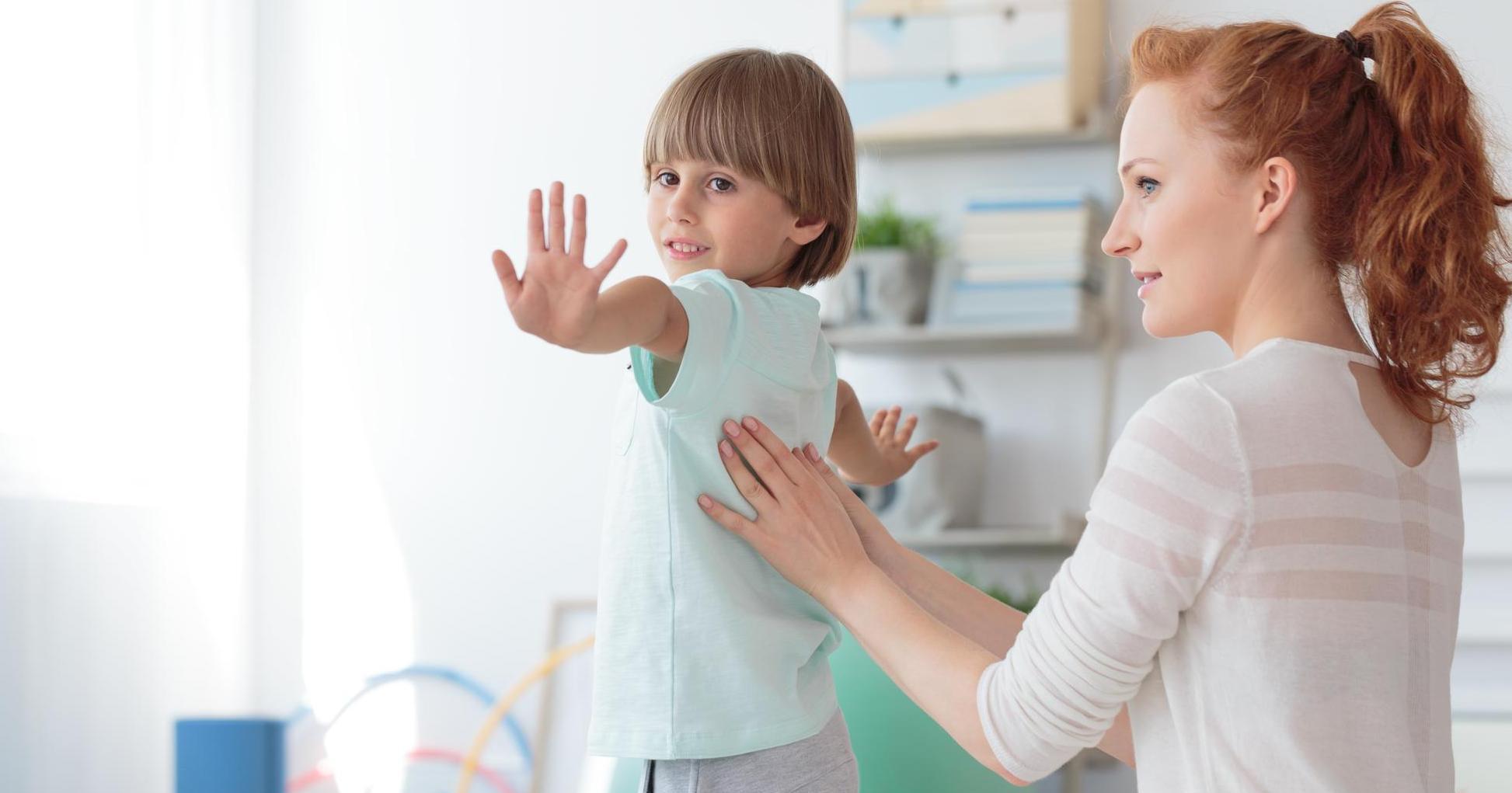
In mild cases of Legg-Calve-Perthes disease, physical therapy may be an effective method of treatment at the end of the healing process. Often times this condition will cause immobility and stiffness of the joints because of the inactivity during healing. Even when the bone is healed in the right shape, the child may still have difficulty with proper hip function. Physical therapy focuses on the restoration of function and movement of the hip joint. In addition, the physical type of therapy is able to help with the pain and stiffness in the affected hip.
This method of treatment promotes healthy healing of the joint. Physical therapy is used after surgical procedures to treat Legg-Calve-Perthes disease to restore function to the joint. It may also be needed after the socket molding process to help ease the hip into normal position and functioning once the cast has been removed. Hip abduction and hip rotation exercises are known to be especially effective in helping to ease stiffness and restore movement.
Restrictions On Physical Activity
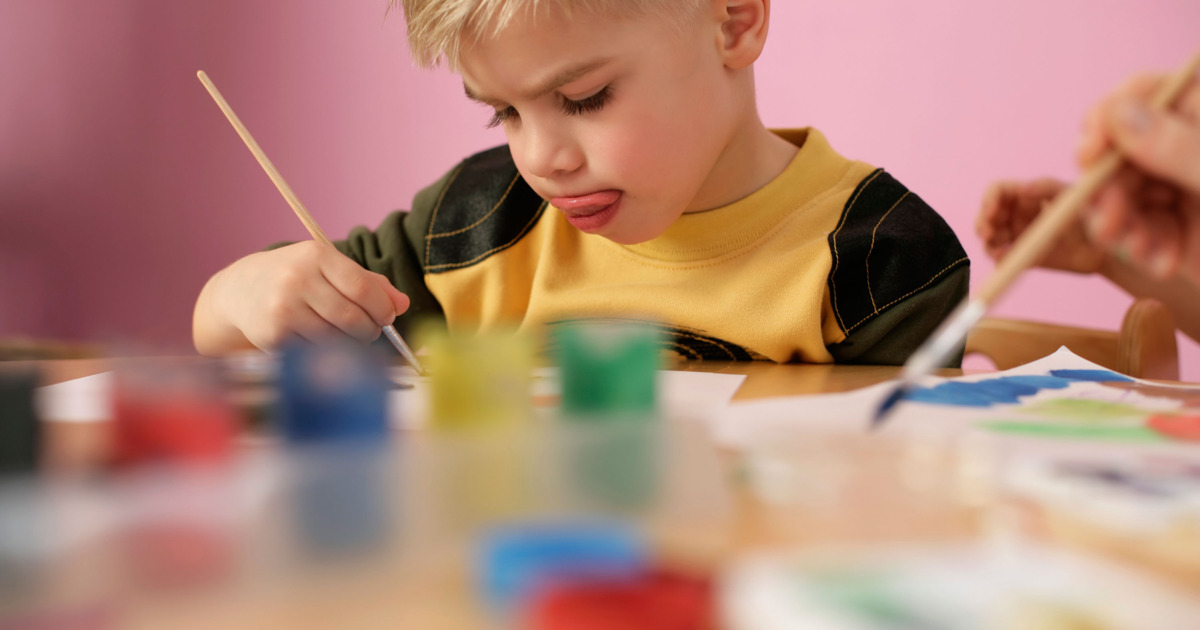
Mild cases of Legg-Calve-Perthes disease in younger children may be able to be treated with observation and restrictions on physical activities. Because the healing stage is the most crucial time in the cycle of the disease, anything that can prevent further potential damage to the head of the femur will help the child recover successfully. Activities considered high impact my further break and fragment the femoral head.
Additionally, the healing that has occurred in the hip joint can be easily be undone when the process is not yet complete. Activities like running, jumping, and any activity that moves the hip in odd or irregular positions can re-fracture healing fragments of the head of the femur. Limiting this type of physical activity is also used after surgical procedures and during physical therapy following a surgical procedure. In addition, restrictions on physical activity are also commonly recommended after the cast utilized during the socket molding technique is removed.
Use Of Crutches
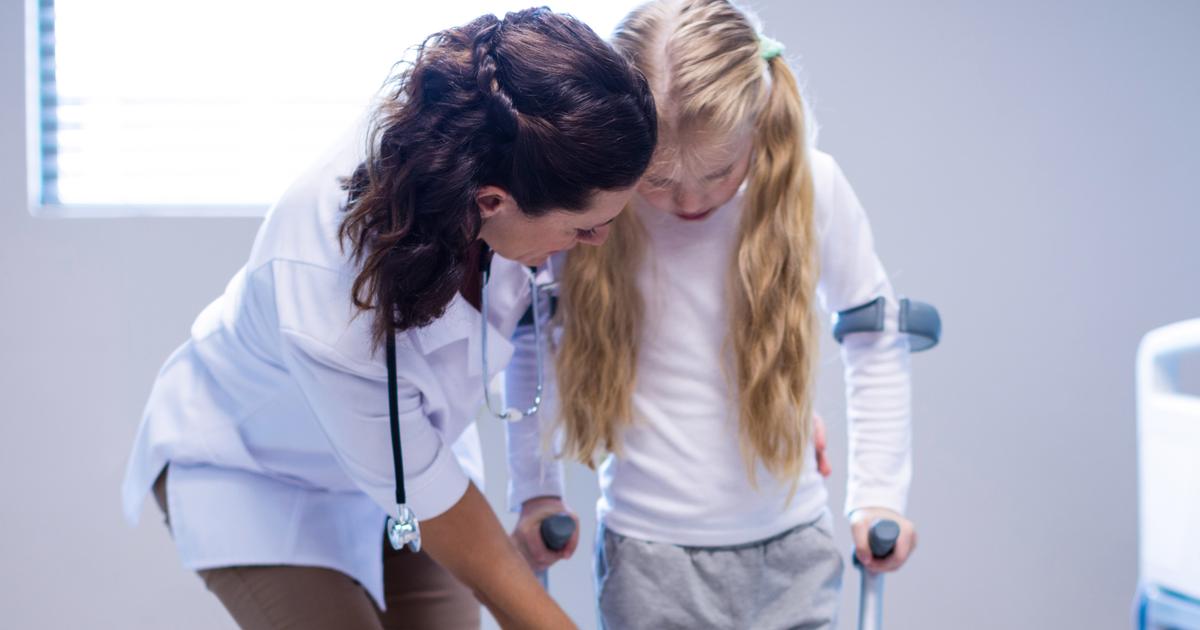
In moderate cases of Legg-Calve-Perthes disease, the use of crutches allows a child to maintain mobility during the process of the femoral head healing. Crutches are medical devices positioned under the armpits that allow the weight to be taken off of one or both legs. Without the use of a walker or crutches, the patient would essentially need to be on bed rest for the healing process to be successful in moderate cases of Legg-Calve-Perthes disease.
Crutches alone are utilized for children with this condition who cannot undergo surgery and do not require the socket molding method. Crutches are also used after surgery while the leg is in a cast healing. Crutches or a walker can also be used after the socket molding technique to facilitate healthy healing of the femoral head. Crutches allow children to still be able to attend school and move around normally instead of being restricted to a wheelchair.
